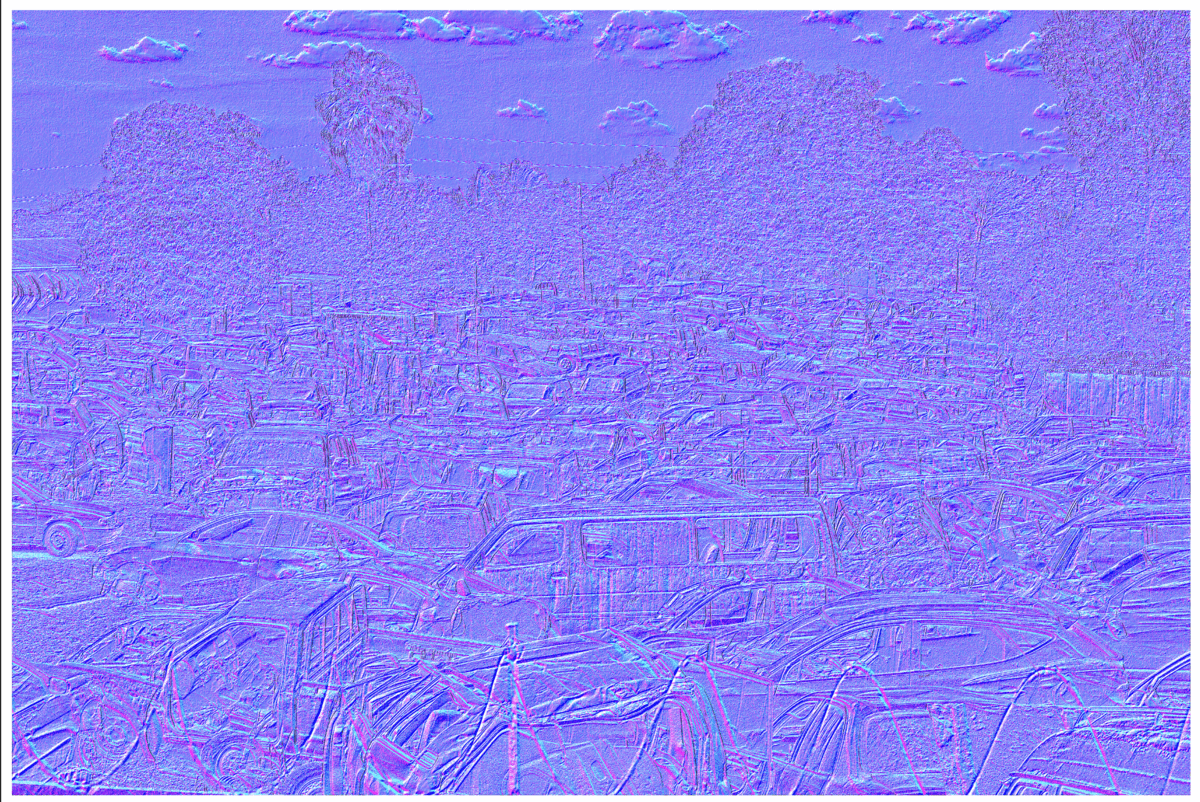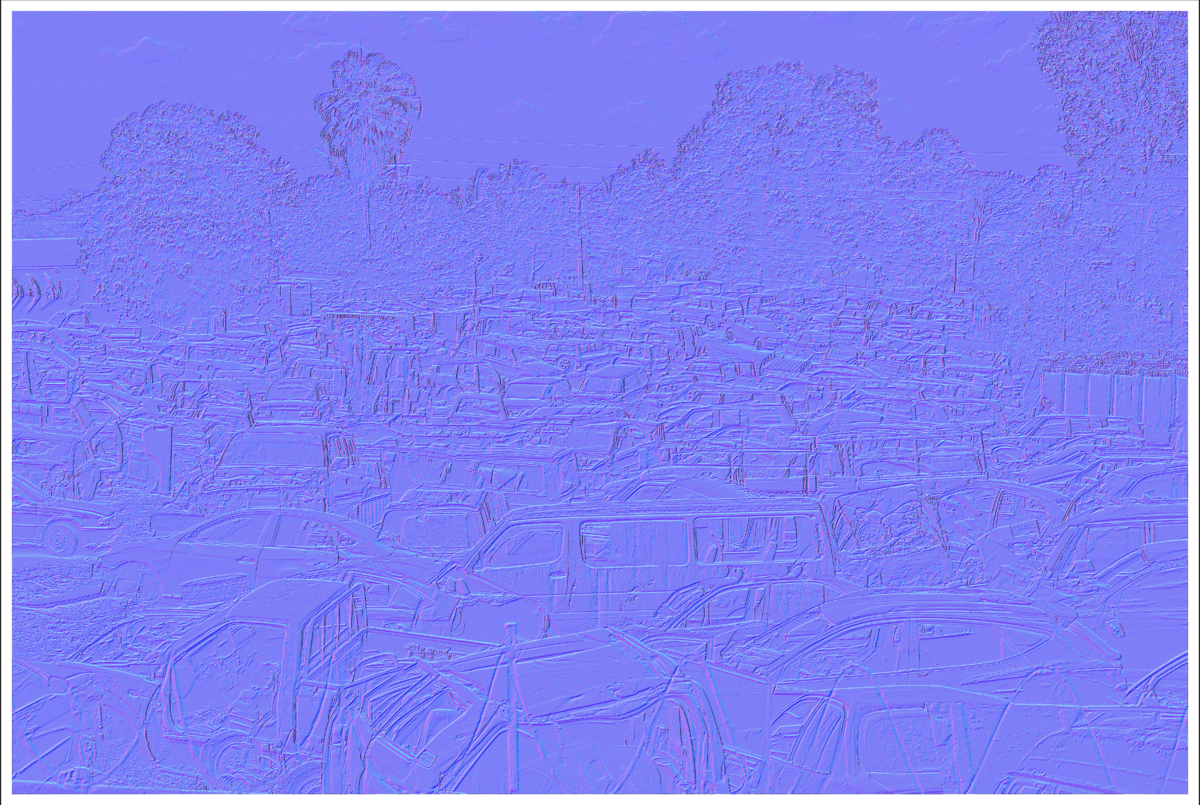FORENSIC GAZING_Dispersed territories of clues and traces
The project explores the forensic aesthetic and two conflicting directions in computer security i.e. computer forensics and privacy protection. Digital forensics tools try to discover and extract digital evidences related to a specific crime, while privacy protection techniques aim at protecting the data owner’s privacy. As a result, finding a balance between these two fields is a serious challenge.
The forensic aesthetic addresses the body “not as a coherent whole but as a site of prior actions … as a dispersed territory of clues and traces”. One of the earliest known examples of the forensic aesthetic in art dates from the Renaissance period in the form of the pseudo-forensic anatomical drawings of Leonardo da Vinci. In his “Studies of the Hand”, for example, Da Vinci methodically represents the underlying structures of the human hand in a series of drawings that are scattered intermittently across the page. In this work, the artist approaches the human body with a scientific, almost forensic, gaze. Here the body is presented in fragments, rather than as a whole.
Digital Art by Frederik De Wilde, @studio_de.wilde | GIF | 10/10 |
https://versum.xyz/user/tz1WXed6b3wEPLjeQgxDqS8F7R7D8FHUarYh



